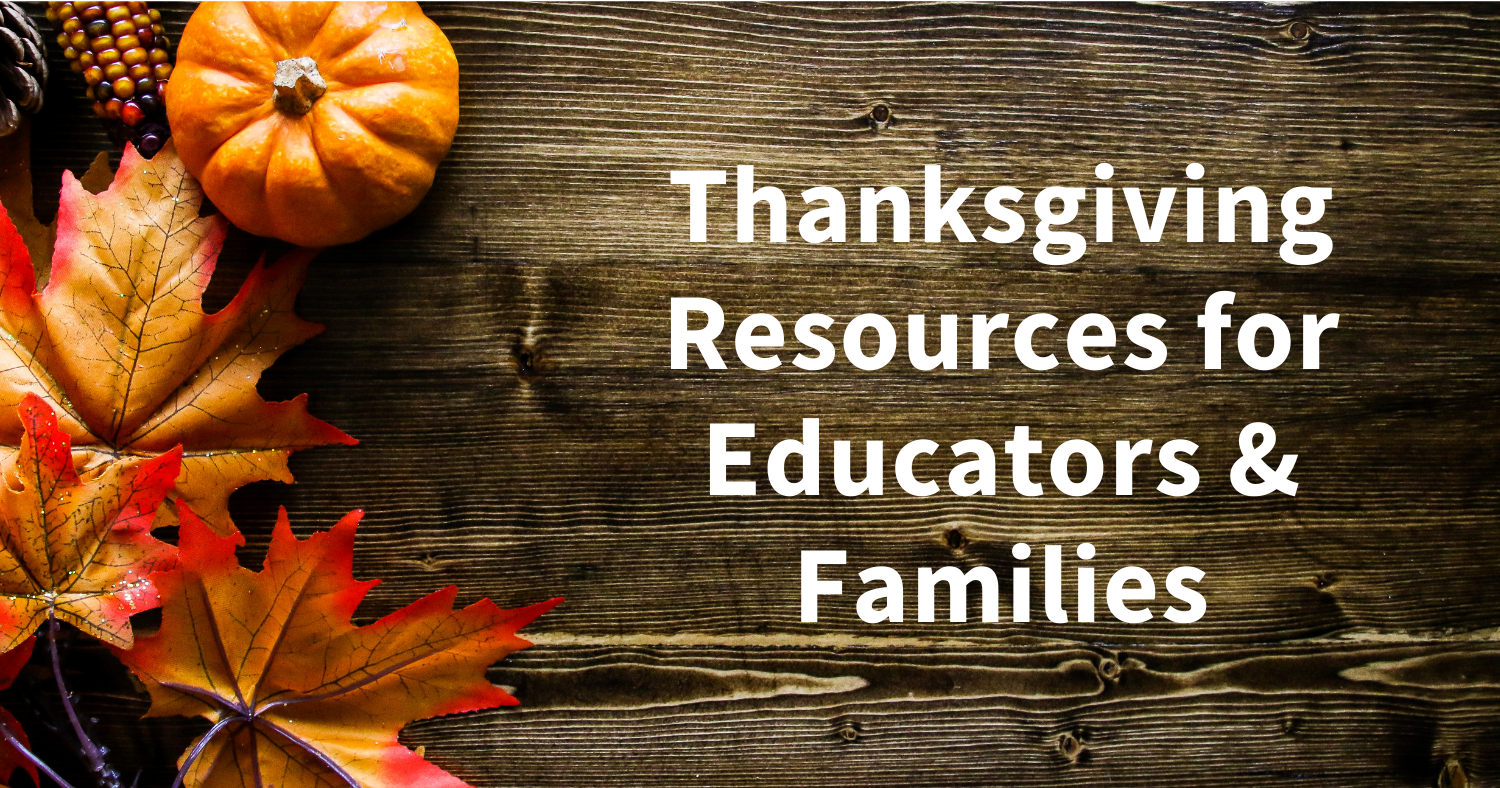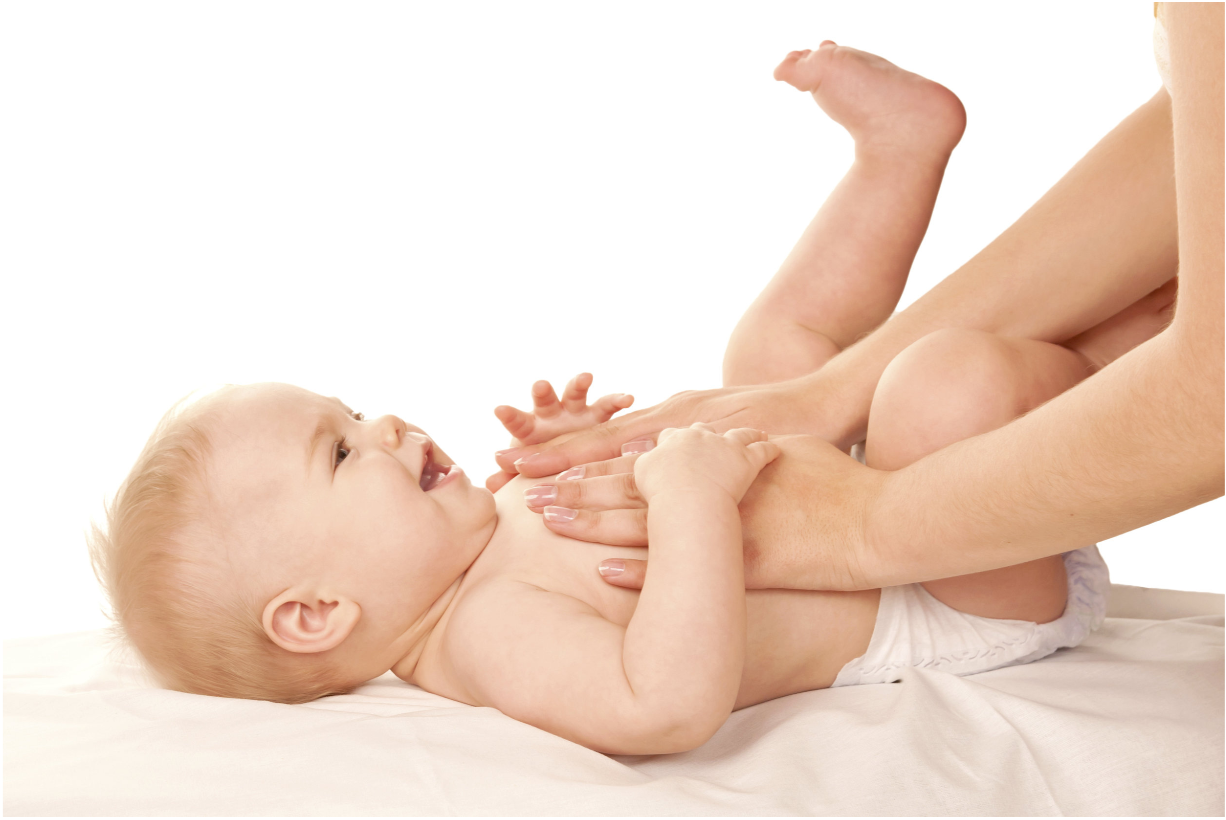Infant Massage USA Blog
A Story of Infant Massage and Adoption from IMUSA Trainer Jody Wright
Bonding and attachment is vital for any parent and baby, but with adoption or fostering, family-building practices like massage, sleep, feeding, carrying, bathing, become vital to support the establishment of a new family relationship
First Time Fathers: A candid view of their experiences (Video)
Research has been conducted about the bond between mothers and their babies, but one important piece has been neglected.
Mary Kay explores the reasons as to why fathers have been left out and how they can regain their connection with their newborns.
Resources on Supporting Asian American and Pacific Islander (AAPI) Families
In support of Asian American and Pacific Islander communities, these resources include AAPI advocacy organizations, guidance for parents navigating conversations about racism and xenophobia, emotional wellness resources for students, parents and professionals and education on bystander intervention trainings.
Infant Massage USA strives to build nurturing and inclusive communities and we share our voice to stand in solidarity against racism.
Maternal Morbidity, Mortality & Racial Disparities in Maternal Health
“American women die in childbirth at a higher rate than in any other developed country, while non-Hispanic Black women are more than 3 times more likely to have a maternal death than white women in the United States” (AJMC)
View facts and videos on maternal morbidity, mortality and racial disparities in maternal health.
Differences in Infant Massage and Massage Therapy
CEIM Claire Naughton writes about the key differences in infant massage and massage therapy.
“While my license and certification are mutually exclusive, they compliment each other wonderfully. While I still do not touch the babies, I can see things about both adult and baby that perhaps someone who is not a trained bodyworker can not. It has given me so many extra tools to help my clients, and I’m so glad I made the leap to become certified with Infant Massage USA.”
Thanksgiving Resources for Educators and Families
Resources for Educators and families to celebrate Thanksgiving respectfully and support the Indigenous American community.
How To Become A Sleep Detective
CEIM Teresa Phelps writes about being a sleep detective with tips to help parents and caregivers.
“I truly believe that creating a routine around massage can be one of the best things to help your baby sleep, and sleep longer. Through massage, parents are able to better connect, communicate and learn to follow their child's cues and sleep clues…just like a detective.”
Early Childhood and Bullying Prevention
Research showing bullying can be identified in infancy coupled with the concept that bullying behaviors may be a part of a developmental progression helps us understand that developing social skills/behavior and emotional regulation skills are key to preventing bullying in the future.
World Physical Therapy Day
Take a look at our latest blog for resources and featured PT Members.
August is National Breastfeeding Awareness Month - Resources
We would like to take a moment to recognize our Certified Educators that are also Lactation Consultants, Doulas and Childbirth Educators and support families through their unique feeding situations.
See resources on Q & A on food and feeding from the AAP, concerns about breastfeeding, prenatal and postpartum support to transgender parents, reducing racial and ethnic disparities in breastfeeding, support through telelactation and 6 days of webinars from USBC.
Talking About Race: Resources for Families & Early Childhood Professionals
As the harm of racism in our country is again brought to light in recent events, Infant Massage USA would like reaffirm our commitment to promoting equity and addressing racial injustice. We stand with you.
Parents, caregivers, educators and anyone looking for guidance on conversations about race please utilize the resources below.
What is Nurturing Touch?
At Infant Massage USA we talk a lot about the importance of nurturing touch. Here we’d like to explain a bit more about what nurturing touch is and how it can impact development.
Infant Massage & Stress
“Infant massage is one tool we have to help reshape our child’s interpretations of the world, to release her pain, grief, and fear, and to open her up to love and joy.”
Family Ties: A Personal Story of Mother & Daughter Becoming Infant Massage Educators
Several years ago, a student in my training shared that her mother had massaged her when she was a baby and that she was a CIMI/CEIM.
A CEIM's Perspective of Infant Massage in the NICU
As an occupational therapist and CEIM working in a NICU (Neo-Natal Intensive Care Unit), my job may be quite different from many CEIMs around the world. I wanted to share with you some insight into the world of premature infants and specifically what infant massage looks like in the NICU. ...
Nurturing Touch Helps Mothers with Postpartum Depression & Their Infants
Postpartum depression (PPD) strikes one in eight women.
Mothers of premature infants are at especially high risk for PPD because of the amount of stress involved in a premature birth and in caring for the infant in the NICU. ...
Interventions to Support Early Relationships - Infant Massage
PROFESSIONAL/RESEARCH: PEER REVIEWED - The sensitivity of early interactions, conveyed through eye contact, voice tone, facial expression and gentle touch is an essential element in the development of neural connections, affect and behavioural regulation, and secure attachments. ...
Is Touch Beyond Infancy Important for Children’s Mental Health?
Children who experience more functional touch and less aggressive touch were less likely to show symptoms of poor psychological adjustment.
These findings are consistent with the assumption that children of parents who are more responsive, including through touch, are less likely to suffer from emotional and behavioral problems …
Massage for Infants and Children on the Autism Spectrum
It is estimated that 1 in 110 children in the US are considered to have an Autism Spectrum Disorder (ASD) which includes autism, Asperger’s syndrome, and pervasive developmental disorder – not otherwise specified (PDD-NOS). This means that most people know someone whose family is affected by ASD and most Certified Educators of Infant Massage (CEIMs) will work with a baby or child who will be diagnosed with ASD. ...
What is Colic?
“So what is Colic?” and “How many different cries does a baby have?” are the two questions I am most frequently asked. What parents really want to know is: What causes colic, and how is colic defined and diagnosed. How can I make it go away? Underlying all the questions is the biggie: Is it my fault? The answers are more complicated than you might think. ...













